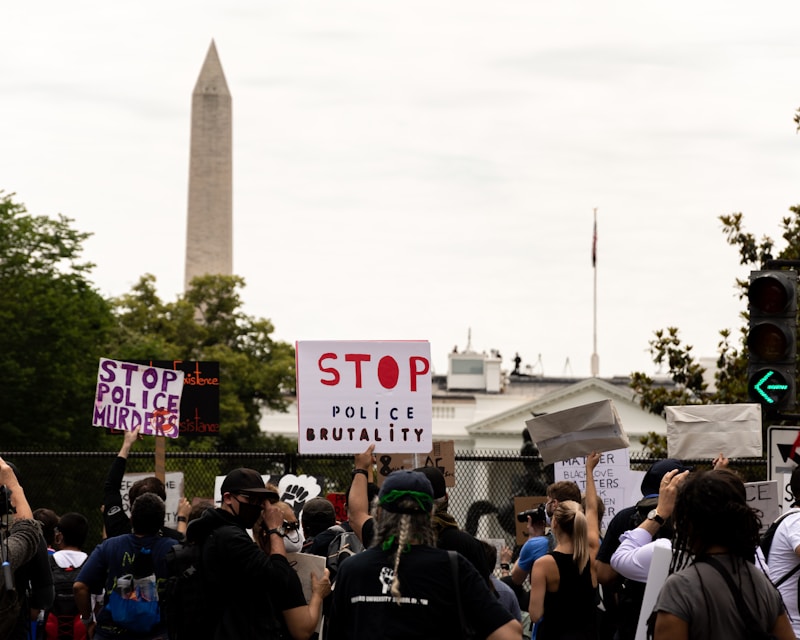Questions and Answers
What were some of the causes that led to the outbreak of the First War of Indian Independence?
Introduction of new cartridges greased with animal fat and increased taxation
Who among the following was not a prominent figure involved in the rebellion?
William Hodson
When did the First War of Indian Independence begin?
May 1857
What was Bahadur Shah Zafar's role in the rebellion?
Signup and view all the answers
How did the British respond to the unprecedented challenge posed by the rebellion?
Signup and view all the answers
What was the impact of the First War of Indian Independence?
Signup and view all the answers
What event marked the first signs of organized resistance against British rule in India?
Signup and view all the answers
Who led the rebels during the Siege of Delhi in June 1857?
Signup and view all the answers
What was the outcome of the Siege of Cawnpore (Kanpur)?
Signup and view all the answers
How did the First War of Indian Independence impact society?
Signup and view all the answers
Which of the following measures did Britain implement in response to the Indian rebels' threat?
Signup and view all the answers
What did the First War of Indian Independence shed light on?
Signup and view all the answers
Study Notes
First War of Indian Independence: Understanding Its Origins, Players, Timeline, Consequences, and Reactions
The First War of Indian Independence, also known as the Sepoy Mutiny or Indian Rebellion of 1857, was a pivotal event that shook the foundations of colonial rule in India during the mid-19th century. To grasp its significance fully, let's explore its roots, principal characters, essential episodes, lasting effects, and how the British responded to this unprecedented challenge to their authority in South Asia.
Causes
Several factors contributed to the outbreak of conflict. These included economic hardships faced by Indians due to increased taxation, land seizures, loss of employment opportunities, social disruption caused by Christian conversions, and military grievances arising from the introduction of new cartridges greased with animal fat, deemed sacrilegious by some Hindu soldiers.
Key Figures
Prominent individuals involved in the rebellion were Nana Sahib, Tantia Topi, Mangal Pandey, Kunwar Singh, Jhalkari Bai, Bahadur Shah Zafar, Rani Lakshmi Bai, and Azimullah Khan. Bahadur Shah Zafar, the last Mughal emperor, became a symbolic figurehead after his capture, while Rani Lakshmibai fought till her death against the British forces, representing the resilience of the Indian queen regent.
Events
The war began when sepoy Nawab Khuda Baksh fired upon Major William Hodson at Barrackpore near Calcutta in May 1857. This incident marked the first signs of organized resistance against British rule. Other notable events included:
- The Siege of Delhi: In June 1857, rebels led by Nana Sahib seized control of Delhi, prompting British troops under General John Nicholson to launch a counterattack. The siege ended with Delhi being recaptured in September 1857.
- Battle of Chinhat: A significant confrontation took place between rebel and British forces outside Lucknow. Despite heavy losses, the rebels successfully defended themselves before eventually withdrawing to Kanpur.
- Siege of Cawnpore (Kanpur): One of the bloodiest battles occurred when insurgents led by Nana Sahib attacked a large British force. Over 150 women and children held hostage by the sepoys were massacred before reinforcements arrived.
Impact
The First War of Indian Independence had far-reaching consequences beyond mere military outcomes. It intensified ethno-religious divisions within Indian society and resulted in a general distrust of Muslims among Hindus and vice versa. Additionally, it called into question Britain's ability to govern overseas territories effectively and brought home the harsh realities of direct rule over subjected populations.
British Response
In response to the threat posed by Indian rebels, Britain implemented several measures aimed at securing imperial control over India. These included increasing troop numbers, improving communication systems, centralizing government authority, expanding railway networks, streamlining administrative duties, creating more efficient judicial bodies, and instituting better relations with local elites. However, these changes did little to address the underlying socioeconomic issues that initially fueled the uprising.
As we look back at this defining moment in history, the First War of Indian Independence sheds light on the complex, multifaceted nature of colonial resistance movements across the globe. By understanding both the context and the course of events associated with the Sepoy Mutiny, one can appreciate the enormous challenges faced by ordinary Indians seeking independence and self-determination.
Studying That Suits You
Use AI to generate personalized quizzes and flashcards to suit your learning preferences.
Description
Explore the causes, key figures, major events, impact, and British response to the First War of Indian Independence, also known as the Sepoy Mutiny or Indian Rebellion of 1857. Understand the complexities and significance of this pivotal event in colonial history.




